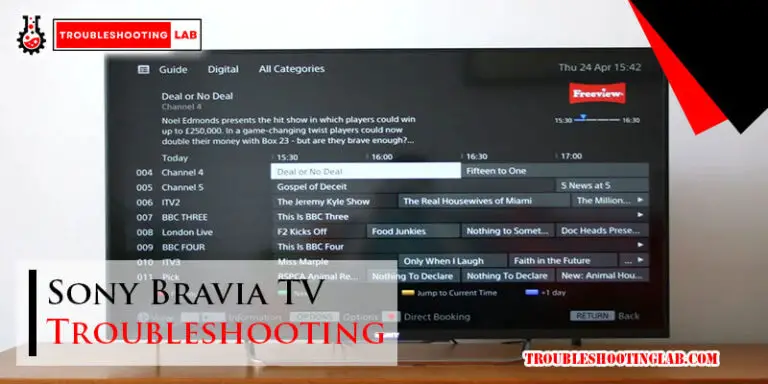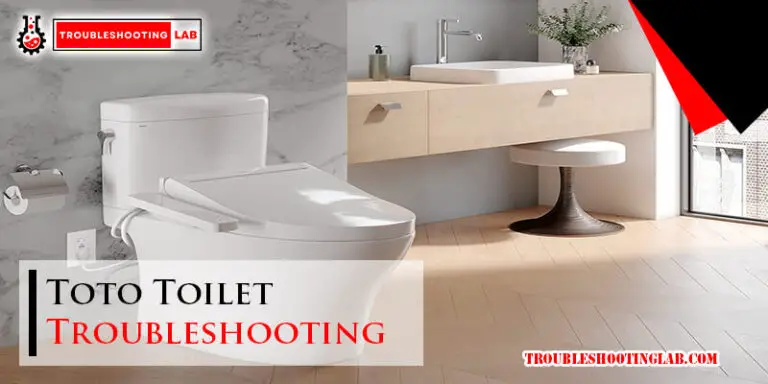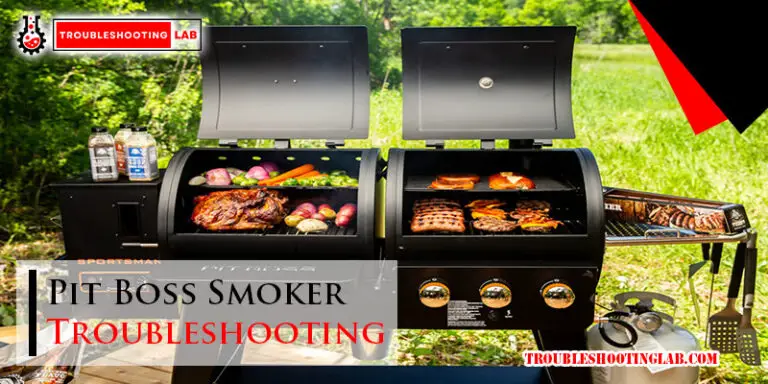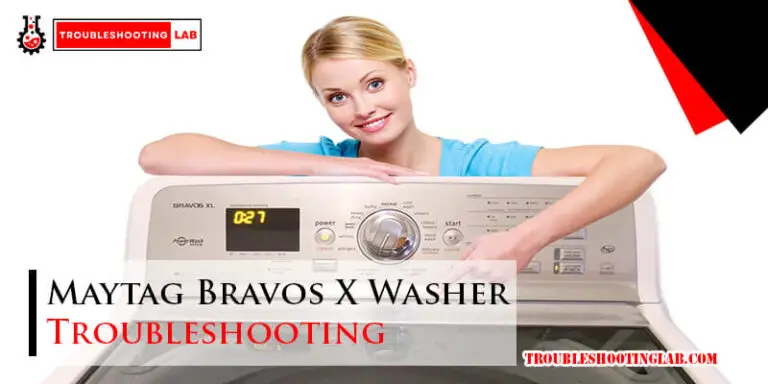Trane Heat Pump Troubleshooting: Unlocking the Secrets to Success
Trane Heat Pump Troubleshooting in Austin, Texas: If your Trane heat pump is not cooling or heating properly, a common problem could be continuous running without cycling off. This can be caused by a malfunctioning thermostat, refrigerant leak, or faulty compressor.
Another issue could be a frozen heat pump, which may result from low refrigerant levels or faulty defrost controls. To troubleshoot, check the electric backup and amp draws, inspect the control board and compressor, and test strip heat elements. Additionally, ensure the air filter is clean and that the refrigerant charge is correct.
For further assistance, schedule an online appointment with a Trane HVAC technician. Remember to verify pressure at the true suction during heating.

Common Heat Pump Problems
Heat pumps are an essential part of maintaining a comfortable temperature in your home. However, like any other appliance, they can encounter issues over time. Understanding common heat pump problems can help you troubleshoot and resolve them quickly. Here are three common heat pump problems and their possible solutions:
Continuous Running
A heat pump running constantly can be a cause for concern. This issue can occur due to various reasons, such as a malfunctioning thermostat, a refrigerant leak, or a faulty compressor. To address this problem:
- Check the thermostat settings. Ensure that it is set to the correct temperature and mode.
- Inspect the heat pump for any signs of refrigerant leaks, such as hissing sounds or oily residue.
- If there are no visible signs of leaks, but the continuous running persists, it may indicate a faulty compressor. In such cases, it is best to contact a professional HVAC technician.
Refrigerant Leak
A refrigerant leak is another common issue that heat pumps may encounter. Refrigerant is responsible for transferring heat in and out of your home. If you suspect a refrigerant leak, follow these steps:
- Look for any signs of refrigerant leakage, such as ice buildup on the external unit or a decrease in cooling performance.
- If you suspect a leak, it is crucial to contact a professional HVAC technician. They will diagnose the issue and repair any leaks.
- Attempting to fix a refrigerant leak yourself can be dangerous and may require proper training and equipment.
Faulty Compressor
A faulty compressor can cause your heat pump to malfunction. If you suspect a faulty compressor, here’s what you can do:
- Check if the compressor is making unusual noises, such as buzzing or clicking sounds.
- If you notice any strange noises or if the heat pump fails to start, it could indicate a faulty compressor.
- Contact a professional HVAC technician to identify and resolve the issue. Compressor replacements should be undertaken by trained professionals.
Remember, heat pump troubleshooting can be complex, and it is always best to consult a qualified HVAC technician to diagnose and resolve any issues. Regular maintenance and timely repairs can help prolong the lifespan of your heat pump and ensure optimum performance.
Heat Pump Not Cooling
If your heat pump is not cooling your home properly, it can be a frustrating experience, especially during hot summer months. However, there are a few possible causes for this issue that you can troubleshoot before calling a professional. By identifying the problem and taking appropriate action, you may be able to resolve the issue and restore your heat pump’s cooling capabilities.
1. Possible Causes
There are several potential causes for a heat pump not cooling your home effectively. Some of the most common causes include:
Low Refrigerant Levels
Dirty Filter
1.1 Low Refrigerant Levels
One possible cause for a heat pump not cooling is low refrigerant levels. Refrigerant is the substance within the heat pump system responsible for absorbing and releasing heat to provide cooling. If the refrigerant levels are too low, the heat pump may not be able to effectively cool the air. This could be due to a refrigerant leak or an inadequate initial charge.
To determine if low refrigerant levels are the cause, you may need to contact a professional HVAC technician who can check and recharge the refrigerant if necessary.
1.2 Dirty Filter
Another possible cause for a heat pump not cooling is a dirty filter. A dirty filter restricts the airflow, making it harder for the heat pump to cool your home efficiently. This can lead to poor cooling performance and even system malfunctions.
To troubleshoot this issue, locate the air filter in your heat pump system and check its condition. If it is dirty or clogged with debris, it is recommended to replace the filter with a clean one. Regularly changing the air filter, usually every 1-3 months depending on usage, can help maintain optimal cooling performance and prevent future problems.
By addressing these possible causes, you can increase the chances of resolving the issue of your heat pump not cooling effectively. However, if the problem persists after troubleshooting, it is advised to seek professional assistance to diagnose and fix the problem.
Heat Pump Not Heating
If your Trane heat pump is not providing heat as expected, there could be several possible causes that need to be addressed. In this section, we will explore the potential reasons behind a heat pump not heating, including a frozen heat pump and faulty defrost controls.
Possible Causes
Frozen Heat Pump
A frozen heat pump can prevent the system from effectively producing heat. This issue can be caused by various factors, such as low refrigerant levels, inadequate airflow, or malfunctioning components. To troubleshoot a frozen heat pump, follow these steps:
- Inspect the outdoor unit and check if there is any ice build-up.
- If the unit is frozen, turn off the heat pump and switch the system to the “emergency heat” mode.
- Allow the ice to thaw naturally or use a gentle heat source, like a hairdryer, to speed up the process. Do not use sharp objects or excessive heat as it can damage the coils.
- Check the refrigerant levels to ensure they are not low. Low refrigerant can lead to freezing issues.
- If the problem persists after thawing and checking the refrigerant levels, it may be necessary to contact a professional HVAC technician to diagnose and repair the underlying cause of the frozen heat pump.
Faulty Defrost Controls
Defrost controls play a crucial role in preventing a heat pump from freezing. If these controls malfunction, the heat pump may not heat properly. If you suspect faulty defrost controls, consider the following steps:
- Inspect the defrost controls for any visible signs of damage or malfunction.
- If there are any obvious issues, such as loose wires or visibly damaged components, it may be necessary to replace the defrost controls.
- Refer to the manufacturer’s manual or consult with a professional technician to ensure proper replacement and installation of the defrost controls.
- After replacing the defrost controls, monitor the heat pump to ensure it is operating correctly and providing the desired heat.
Addressing a heat pump not heating issue requires proper troubleshooting and potentially professional assistance. By identifying and resolving the underlying causes, you can ensure your Trane heat pump functions optimally and provides the desired warmth for your home.
Trane Heat Pump Troubleshooting Tips
Are you experiencing issues with your Trane heat pump? Don’t worry, we’ve got you covered. In this guide, we will provide you with some useful troubleshooting tips to help you identify and solve common problems with your Trane heat pump. Read on to find out how you can quickly get your heat pump up and running again.
Checking Pressure
One of the first things you should check when troubleshooting your Trane heat pump is the pressure. Low or high pressure can indicate a problem with the system. To check the pressure, you will need a pressure gauge. Connect the gauge to the service valve and observe the readings. If the pressure is outside the recommended range, it may be a sign of a refrigerant leak or a faulty compressor. In such cases, it is best to consult a professional for further assistance.
Thermostat And Circuit Breaker
Another common issue with Trane heat pumps is a malfunctioning thermostat or a tripped circuit breaker. Start by checking the thermostat settings to ensure they are correctly set for heating or cooling. If the settings are correct, but your heat pump is still not functioning, check the circuit breaker. A tripped circuit breaker can disrupt the power supply to your heat pump. To rectify this, simply reset the breaker by flipping it off and then back on. If these steps do not resolve the issue, it may be time to call in a professional technician.
Interactive Troubleshooting Guide
If you are unsure about the exact cause of the problem with your Trane heat pump, you can use an interactive troubleshooting guide to help you diagnose and resolve the issue. Trane offers an online troubleshooting guide on their website, which can assist you in identifying common problems and providing step-by-step solutions. Simply follow the prompts and answer the questions to receive tailored troubleshooting advice.
By following these Trane heat pump troubleshooting tips, you can save time and money by potentially resolving minor issues on your own. However, if the problem persists or you are uncomfortable performing the troubleshooting steps yourself, it is always recommended to seek professional assistance to avoid any further damage to your heat pump.
Frequently Asked Questions
How Do I Reset My Trane Heat Pump?
To reset your Trane heat pump, follow these steps:
1. Locate the circuit breaker for your heat pump unit. 2. Turn off the circuit breaker and wait for 30 seconds. 3. Turn the circuit breaker back on. 4. Wait a few minutes for the heat pump to reset. 5. Check if the heat pump is working properly. If the problem persists, it is recommended to consult a professional technician for further assistance.
What Is The Most Common Problem With Heat Pumps?
The most common problem with heat pumps is when the unit runs continuously without cycling off. This can happen due to a malfunctioning thermostat, a refrigerant leak, or a faulty compressor.
Why Is My Trane Heat Pump Not Cooling My House?
Your Trane heat pump may not be cooling your house due to a few reasons: a malfunctioning thermostat, low refrigerant levels, or a dirty filter. Check these areas for any issues and make sure they are functioning properly. If the problem persists, you may need to seek professional assistance.
Why Is My Heat Pump Blowing But Not Cooling?
If your heat pump is blowing but not cooling, check your air filter and ensure it is clean. If the air filter is dirty, it can restrict airflow and affect cooling performance. Additionally, low refrigerant levels can cause the heat pump to blow cold air at a low volume.
It is recommended to schedule a professional service to check the refrigerant charge and address any issues.
Why Is My Trane Heat Pump Not Cooling My House?
If your Trane heat pump is not cooling your house, it could be due to a low refrigerant level or a dirty filter.
Conclusion
If you’re experiencing issues with your Trane heat pump, troubleshooting is essential for identifying and resolving problems. By checking the electrical backup, amp draws, control board, and strip heat elements, you can ensure the system is functioning optimally. Visual inspection of the compressor and understanding the effects of a run capacitor failure and condensing fan motor burnout are also vital.
Remember to reset your Trane heat pump if necessary and keep an eye out for low refrigerant levels or a dirty filter. Don’t hesitate to seek professional help for any serious issues.






